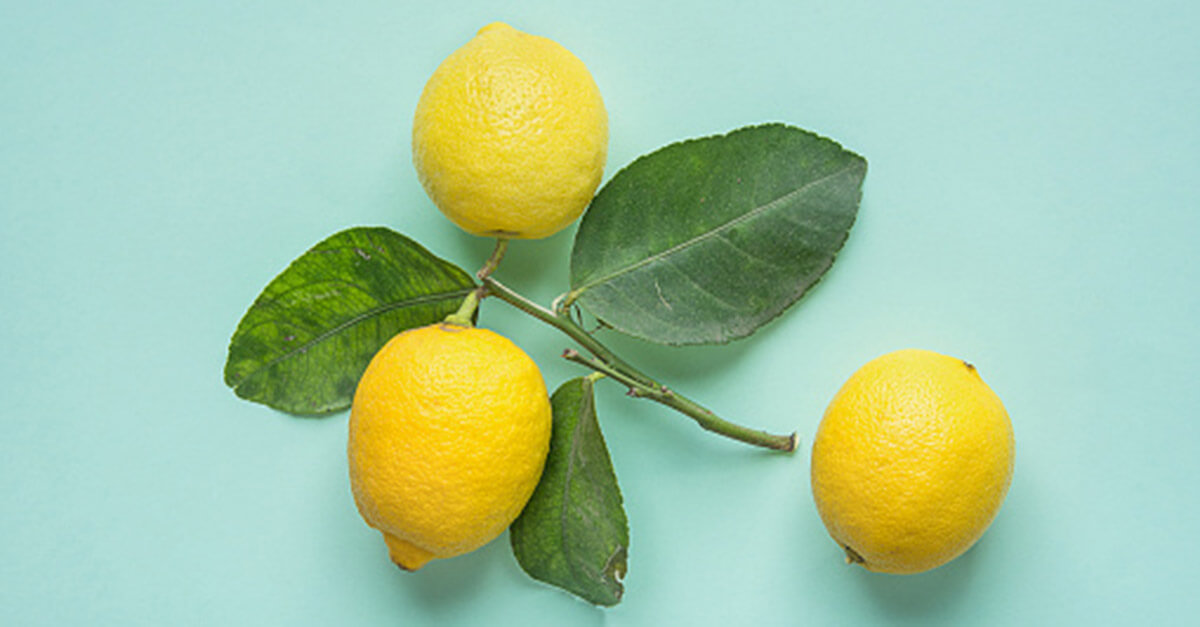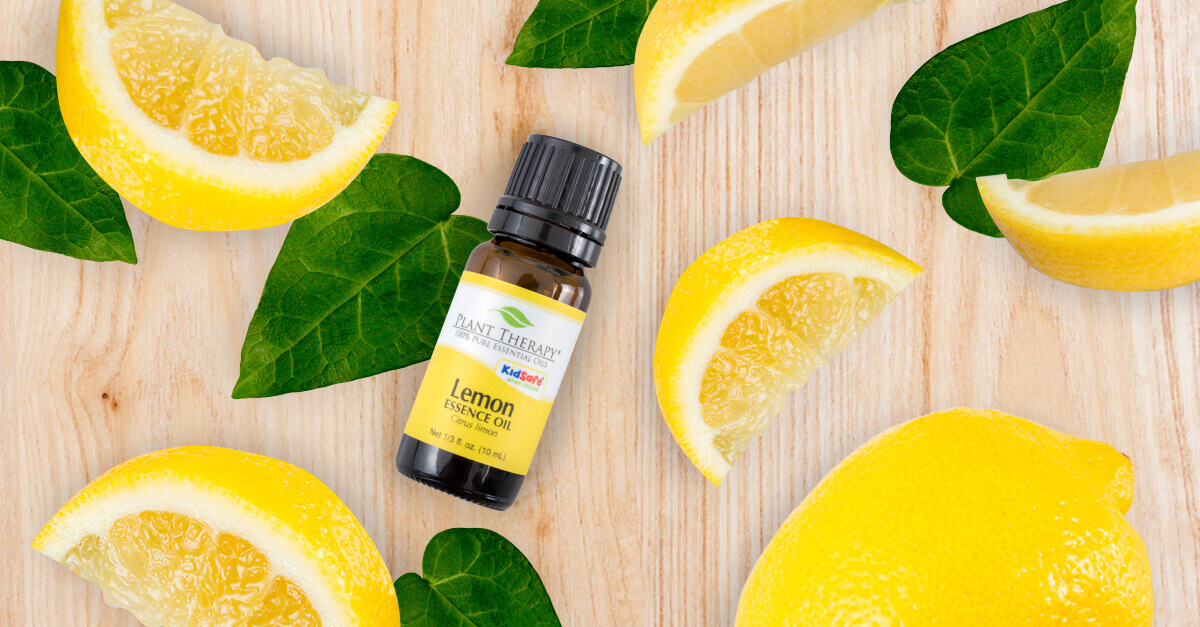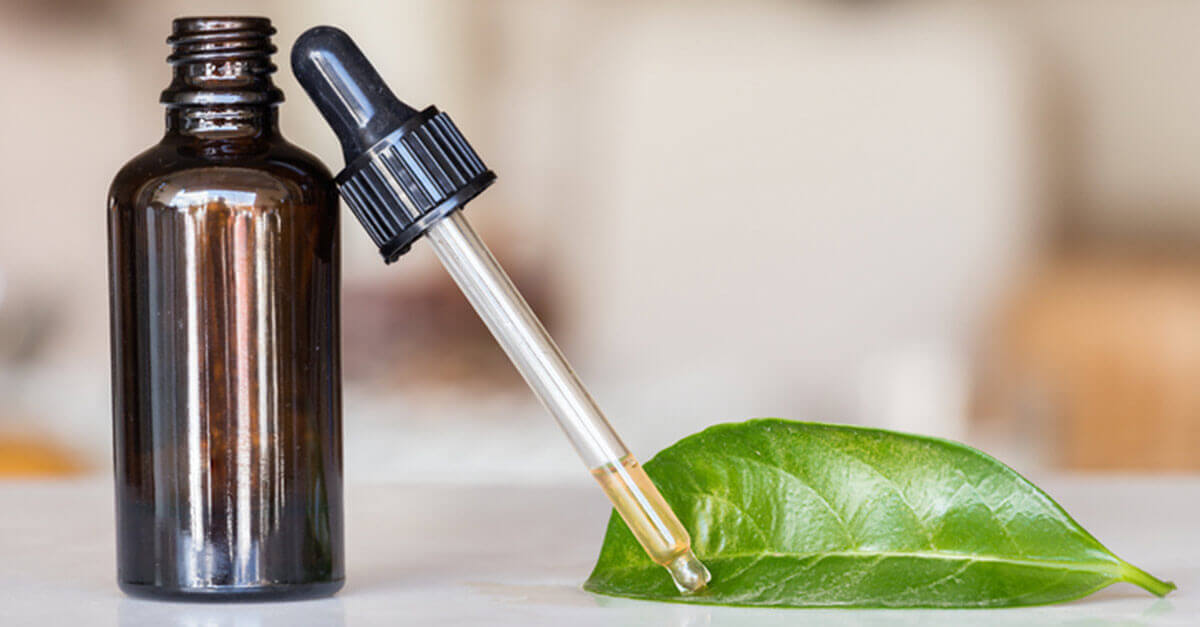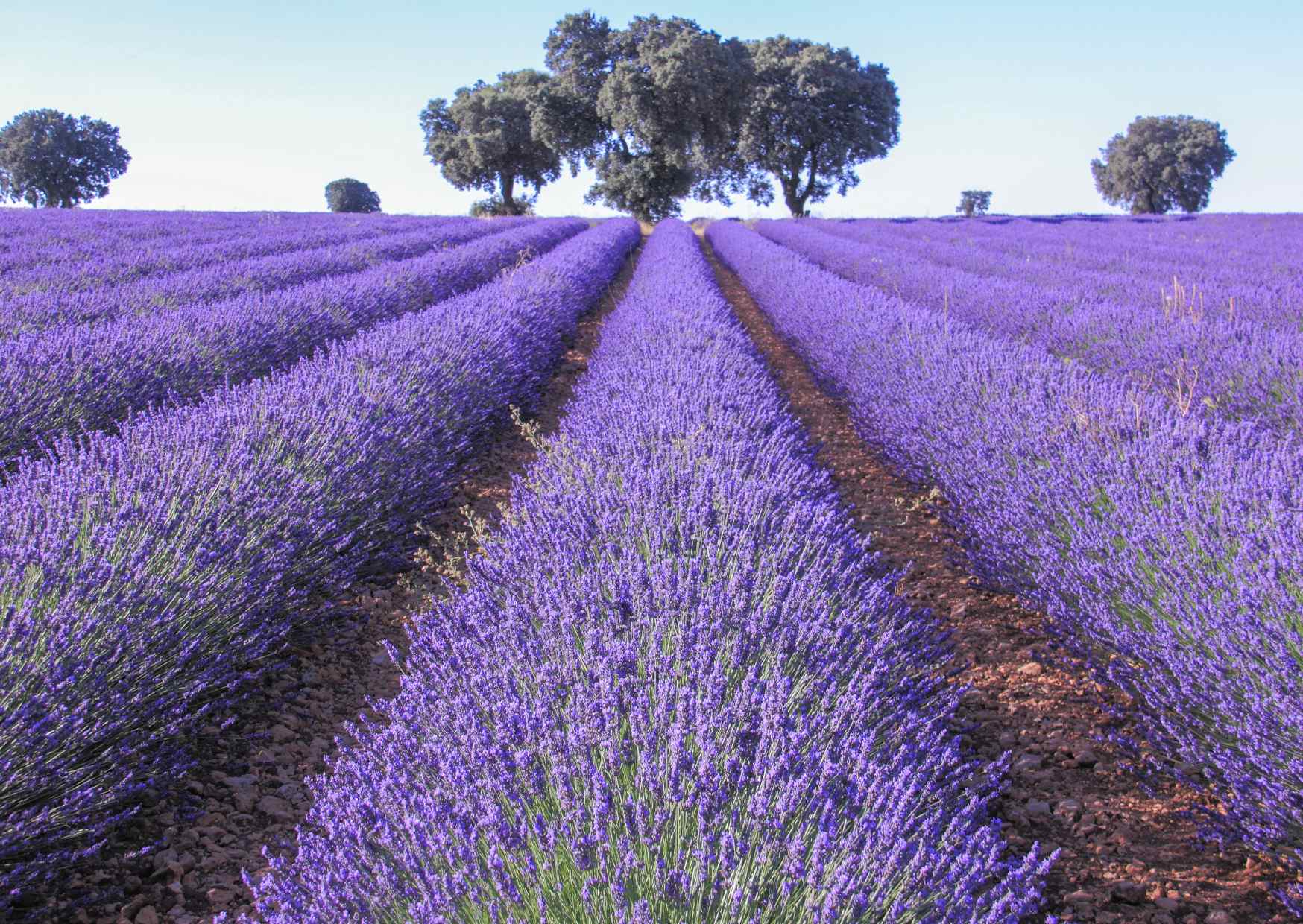Essential oils, isolates, essences…what they are and what they all mean can be confusing (even for us). But we’ve got your back! Today we’re taking a closer look at the differences and benefits of these natural essential oil products.
First, what are essential oils?

Essential oils are highly concentrated oils obtained from plants that have the odor and other characteristic properties of the plant (like their chemical constituents). The purest essential oils come from carefully cultivated plants from around the world. Plus, essential oils are actually not oily! They evaporate. Because of this, individuals should not apply them directly to the skin.
When you take a plant, like Peppermint for instance, and crush its leaf, that distinctive scent is going to come through strongly. That’s because inside that Peppermint leaf are special cells and glands that hold the plant’s essential oil. When you crushed the leaf, you released the oil. These oils don’t always come from the leaves either. Oils may come from the delicate flowers, thin roots, fresh rind, wood, or resin of a plant. There are several extraction processes including steam distillation, hydrodistillation, or expression (cold pressing, used for citrus oils). Other types of natural aromatic extract include absolutes and CO2 extracts.
Thankfully, we live in a time where essential oils can be processed, bottled, and purchased pretty easily. Essential oils are naturally extracted oils from different parts of a plant. But sometimes, it takes a lot of a plant to produce essential oils. For example, some say it takes about 60,000 roses to get just 1 ounce of Rose Essential Oil, which is why Rose Absolute is so expensive!
The majority of essential oils have one, two, or three major constituents that each make up about 20-90% of the oil. There are other minor constituents at about 1-19% each, and many more constituents that make up less than 1% each. These constituents determine what benefits the essential oil will have.
Benefits of using essential oils

Essential oils are widely known to help with boosting the immune system, warding off seasonal threats, easing discomfort caused by overexertion or the normal wear and tear that comes from aging, helping with skin issues, easing worry, and other concerns. Essential oils can have even more powerful therapeutic benefits when blended correctly.
Get the most of your essential oils by diffusing, either with a diffuser in your room, or a personal aromatherapy inhaler. Topical application is also the best way to get benefits for skin issues and wounds. To diffuse, choose an essential oil with a smell you love, fill your diffuser up with water, add the recommended amount of oil, and turn it on. It’s that easy!
So what’s an essence?

Essence oils are a little different from essential oils. Essences are extracted as part of the process to create fruit juice. They come from either the fruit itself or the peel of the fruit. During the last phase of juice production, the volatile oils float to the top of the tanks where they are collected and distilled to separate them from the water of the juice source, creating essence oils.
The result of this process is that essence oils have a ‘juicier’ scent than their essential counterparts, a little stronger and a little more intense (in a good way!). Because of the strength of their scent, blends using essences may need some adjustments to accommodate your personal scent preferences.
Benefits of using an essence

Essence oils provide very similar benefits to their essential oil counterparts, with the added benefit of a slightly more intense smell. You can use essences interchangeably with their essential oil counterparts in your blends. Plus they will provide the benefit of that big boost to the scent!
Ok, then what’s an isolate and how is it different?
Now for isolates. Basically, isolates are isolated parts of natural essential oils. They are specifically taken out because of their scent notes and aromatic qualities, instead of therapeutic qualities.
Isolates are often taken from essential oils using fractional distillation. This method involves the separation of a liquid into fractions using differing boiling points. As the oil heats up, the vapor rises into a long column above the still. The vapor is repeatedly condensed and re-evaporated as it moves toward the top, which distills the vapor many times. Because of this, the column can be tapped at various levels to draw off different fractions. This isolates different parts of the oil with different scent notes.
This process of isolation is also useful for some carrier oils. For example, Fractionated Coconut Oil is technically an isolate, which is why it stays liquid at room temperature.
Benefits of isolates

Using isolates, along with essential oils and natural compounds, you can get a much wider variety of natural amazing scents to use to create perfumes and home scents. The important thing to note is that these are still natural products! Isolates give us an opportunity to make even more unique blends that are completely natural and unlike anything we’ve tried before.



